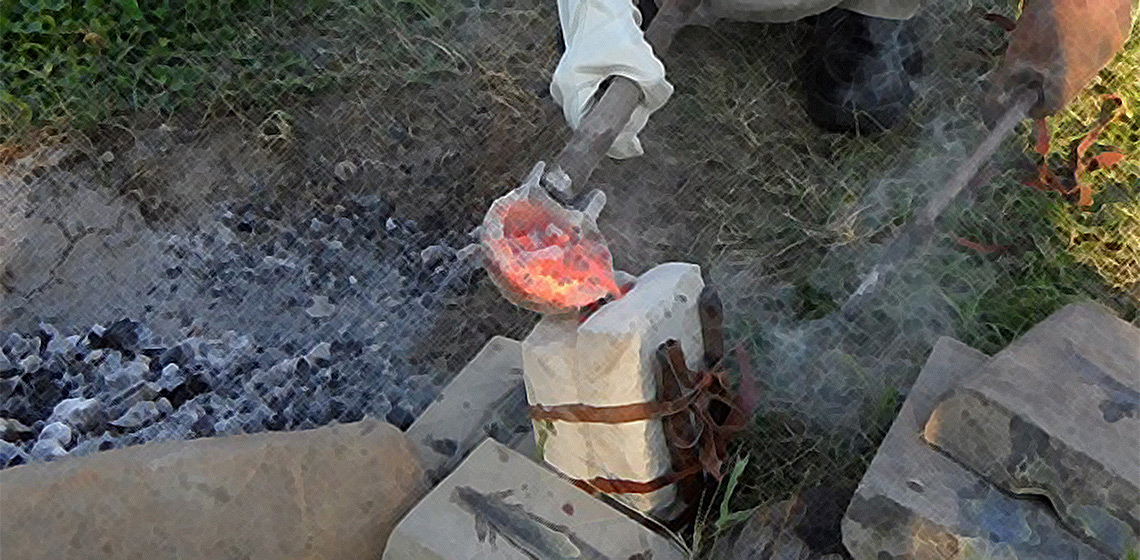
The one-day conference was held on Saturday 26th October 2019 in Edinburgh at the National Museum of Scotland. The focus was on the importance of understanding craft processes as a means of interpreting the expression of identity in prehistory. This was explored in papers that focussed on crafts and craftworkers who worked in metals, wood, glass, and ceramic materials. The conference began with the question of how identity is interpreted and whether individuality is a modern gloss on personal identity. The presentations discussed how people in prehistory used both local styles and ones that were manufactured in a wider region. These exhibited a continuity in shape, but also creativity in decoration that exhibited improvisation within established tradition. Rather than rely on strict typologies, the emphasis was to examine the process of creation in order to understand individual creative processes.
One paper that emphasised experimental archaeology explored a dynamic approach to studying cloth through the careful examination of loom weights. In experimenting with replica loom weights, differences in their weights and positions along the loom were seen to be related to the types of fabric produced. Higher tension caused by heavier weights produced softer, looser weaves, while lighter weights resulted in denser fabric.
Other papers that focussed on experimental archaeology explored the importance of understanding metalworking techniques in order to accurately understand how metal objects were made. By replicating tools and using them to recreate objects, modern metalsmiths working in concert with archaeologists and museum curators were able to produce a vision of the ancient metalsmith at work, visualised the choices made during executing work, and even recognised the marks of individual tools used on the surface of the metal as the smith worked. This was also explored in a paper given on Iron Age coin minting, where experimental archaeology was a significant resource for exploring the process of making coins.
An unscheduled special presentation was given about the recently excavated Havering Hoard, with unpublished photographs of the hundreds of objects that were discovered.
The final paper of the conference discussed a multi-craft view of Iron Age objects. Too often craft is studied as segregated materials when in reality, craftspeople need to be able to use multiple materials in order to finish objects, or to make the tools they need in order to work in their main craft. The paper discussed the various types of crafts seen in workshop sites and also the relation between the sources of raw materials to the sites where particular crafts, such as carving shale or manufacturing querns, were performed.
In addition to the papers presented there was a “Show and Tell” session set up during the lunch break. In this session presenters who were also experienced artisans showed the tools and objects that they discussed in their presentations. Attendees had the opportunity to handle the objects and ask further questions about the techniques used to recreate the objects. This session not only introduced archaeologists to craftspeople, but also gave archaeologists the occasion to handle objects in a way that they would have been handled in antiquity, rather than as fragile museum objects. The visual appearance of bright, shiny bronze ornaments and newly woven textiles was also a contrast to ones usually seen in museum displays. Being able to see and hold these objects gave the attendees a greater appreciation for the crafting processes and how they could be an expression of identity.
A copy of the conference program can be found here